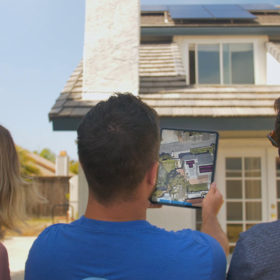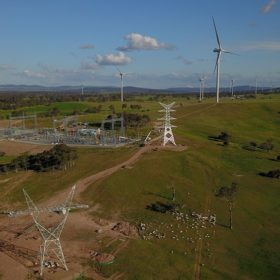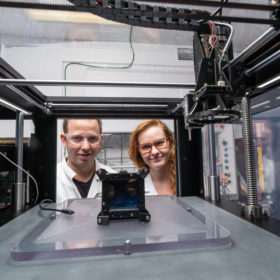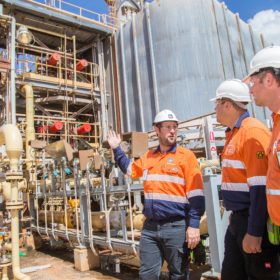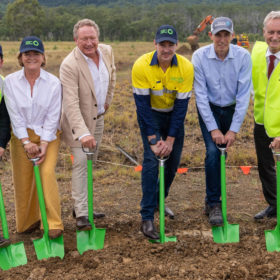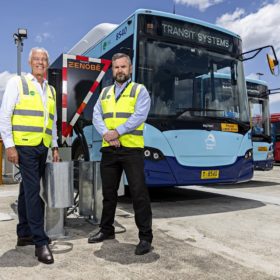Danish renewables giant buys Queensland clean energy hub
Danish investment firm Copenhagen Infrastructure Partners has sharpened its focus on long-duration storage in Australia, announcing it has acquired the proposed Bowen Renewable Energy Hub project that is expected to combine 1.4 GW of pumped hydro storage with huge solar and wind generation.
OpenSolar to boost online PV platform capability with $22 million injection
Australian software company OpenSolar plans to speed the development of its free online solar design and sales platform and drive customer expansion globally after securing a funding injection of more than $22 million (USD 15 million).
Governments unite on $7.8 billion transmission investment
The federal and New South Wales governments have combined on a landmark $7.8 billion (USD 5.25 billion) investment to help finance the development of eight critical transmission and renewable energy zone projects as they look to accelerate Australia’s clean energy future.
Hydrogen production set for Tasmania
As Australia’s hydrogen project pipeline doubles in 12 months, Iberdrola announces investment in a green hydrogen and green methanol production plant in Tasmania. Meanwhile, projects in Scandinavia target the shipping industry.
Aussie startup develops 3D electronics printer with potential to reshape solar and storage
Canberra-based startup Syenta has developed a 3D printer capable of printing highly complex and functional electronics like photovoltaics, batteries, sensors and more, promising to do so in ways that are faster, cheaper and using less energy. The technology, which saw an the Australian startup reach the global grand-finals of the global ClimateLaunchpad program, has the potential to reshape both how renewable technologies are manufactured, and their actual performance, the team tells pv magazine Australia.
Hydrogen dominates Australia’s energy value future as earnings from critical minerals surge, resources report finds
Investment and forecast revenue from Australian resources critical to low-emissions energy technologies has grown dramatically in 2022, federal government reports find. The forecast export earnings from critical minerals has grown 50% in the year, while hydrogen projects now make up the nation’s largest single component by value, though in a highly speculative form.
FRV reaches financial close on another solar farm, second big battery to come
FRV Australia has reached financial close on its Walla Walla Solar Farm thanks to a PPA with Microsoft. The company is also progressing its second big battery in Australia, the 250 MW / 500 MWh Gnarwarre battery in Victoria, after winning support from the Australian Renewable Energy Agency.
Contract for FFI’s Gladstone electrolyser substation announced
Australian company GenusPlus Group has been awarded a $15 million (USD 9.9 million) contract with Fortescue Future Industries (FFI) to design and construct a 275 kV substation at FFI’s Green Energy Manufacturing Centre in Gladstone, Queensland.
Australia’s largest electrified bus depot goes into operation in Sydney’s west
A the newly operational electric bus depot in Sydney’s west illustrates the infrastructure required to run an electric bus fleet, but also demonstrates that an electric bus fleet requires less charging than originally forecast.
UNSW claims provisional record for fastest single-charge EV over 1,000 km
A solar-powered electric vehicle, designed and built by students of the University of New South Wales (UNSW), has claimed a provisional Guinness World Record by going 1,000 kilometres on a single charge. The researchers managed the feat in under 12 hours.
